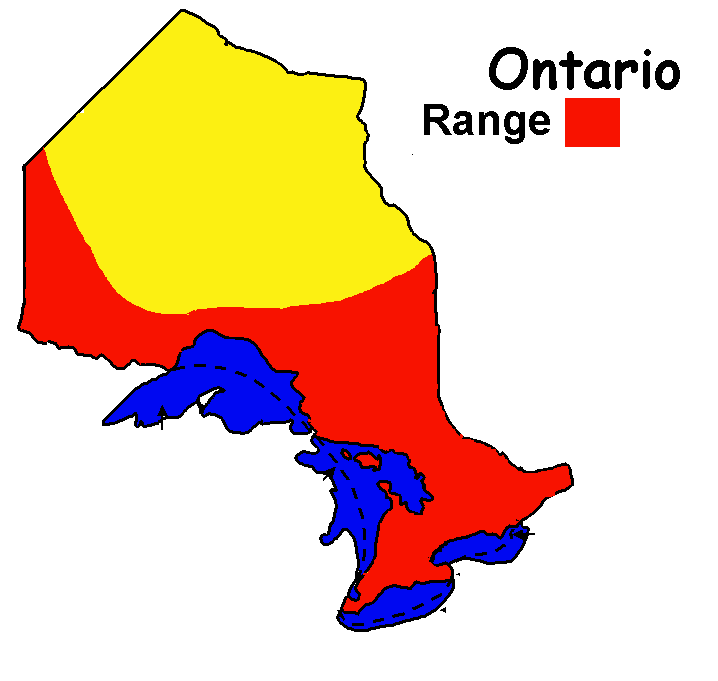Salamanders
Blue-spotted Salamander
 Ambystoma laterale
Ambystoma laterale - This is the smallest species of mole salamander, at 7-12 cm.
- The blue-spotted salamander is black with many bluish flecks and spots along the sides and extending onto the tail. The belly is dark grey or black. This species closely resembles the Jefferson and Small-mouthed salamanders, however it tends to have more blue spots than either.
- Juveniles are difficult to identify as the larvae stage resembles all the other mole salamanders.

- This species breeds in temporary and permanent pools and flooded ditches in wooded areas. Breeding often occurs in the spring before the ice has lifted. Males arrive at the pond first, then after a long courtship, the female lays 10-40 eggs.
- The aquatic larvae are carnivorous, feeding on daphnia, aquatic insect larvae, tadpoles, and smaller salamander larvae. Transformation occurs in late August or early September.
- In spring and fall rains they may be found under logs and rocks around breeding pools or in damp depressions in woodlands.
- Adults spend the summer underground in tunnels beneath stumps and rocks, only emerging to feed in wet weather.
- The identification of the Blue-spotted salamander, the Jefferson salamander and the Small-mouth salamander is complicated by their ability to interbreed. The resulting hybrid species, the Tremblay's and Silvery salamanders, are usually larger than the parent species.
- The taxonomy of this species complex is still being studied by researchers in an attempt to clarify the status of these interbreeding salamanders.
